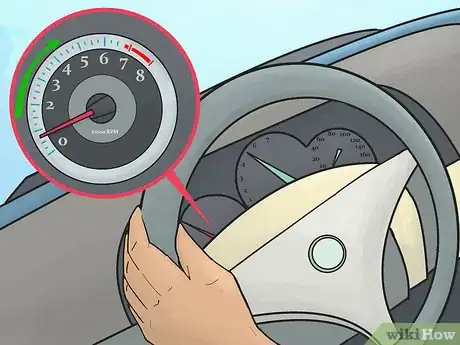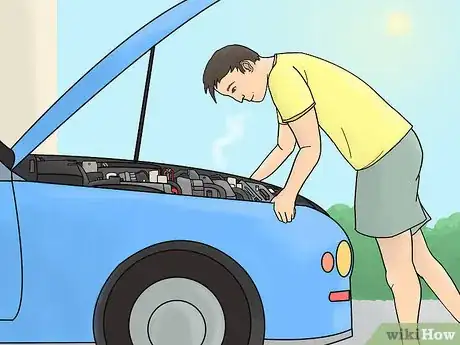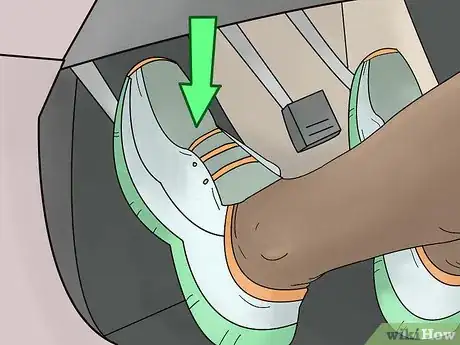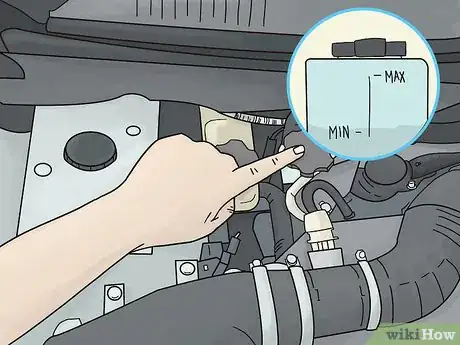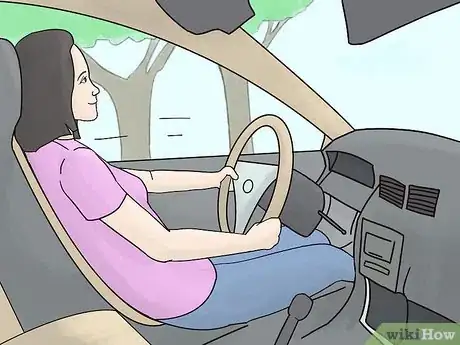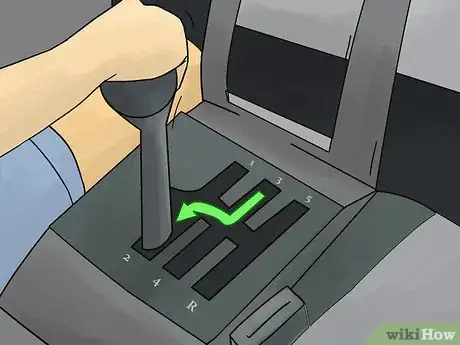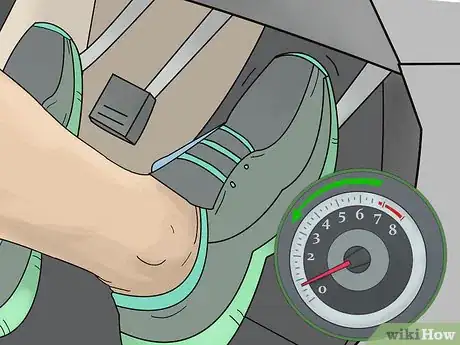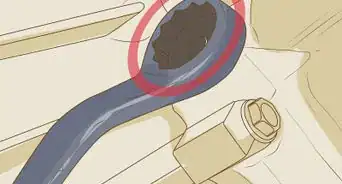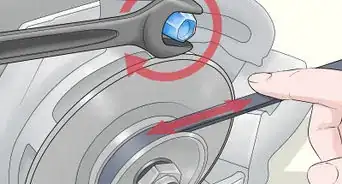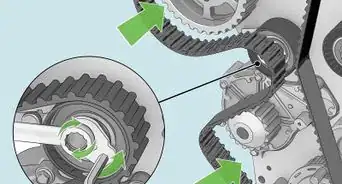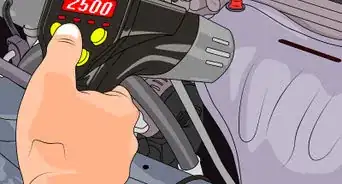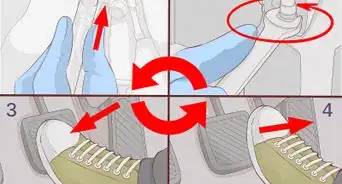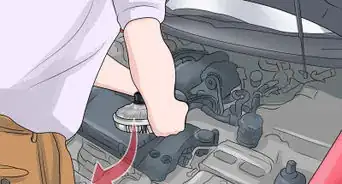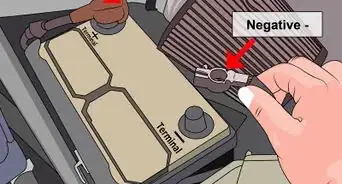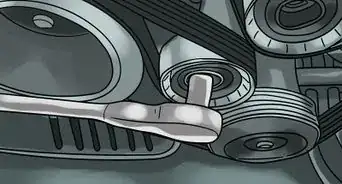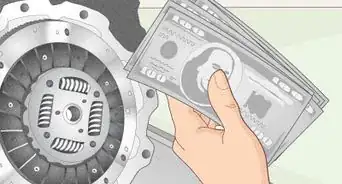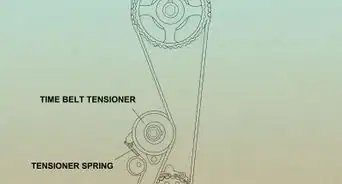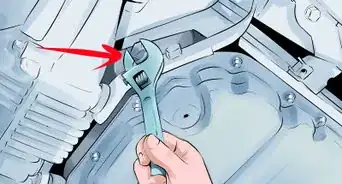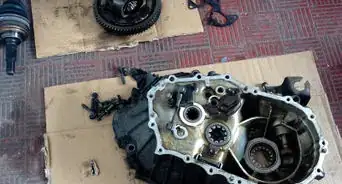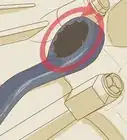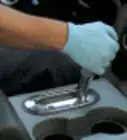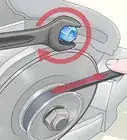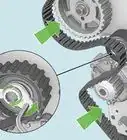This article was co-authored by Andrew Everett. Andrew Everett is a Master Mechanic in Cary, North Carolina. He has an Associates in Applied Sciences focusing on Industrial Technology from Central Carolina Community College and has been doing automotive repair since 1995.
wikiHow marks an article as reader-approved once it receives enough positive feedback. This article received 13 testimonials and 94% of readers who voted found it helpful, earning it our reader-approved status.
This article has been viewed 1,065,818 times.
For many drivers, shifting a standard transmission automobile is an essential part of the driving experience. Unfortunately, if you drive in a highly congested area with many stops, you may have developed some bad shifting habits that can result in a slipping clutch or stripped gears. You could read books, or even go to school to learn how to diagnose a slipping clutch, but here's a start in terms of identifying this issue. These details refer specifically to hydraulically operated clutch mechanisms, and may not apply to clutches with mechanical linkages.
Steps
-
1Be aware of your clutch's action. Although a clutch/pressure plate system wears gradually over time, eventually the clutch's performance may become noticeably diminished, and by paying close attention to how it engages, slippage should be apparent to a competent driver. Here are some simple signs to watch for:[1]
- Change in engine speed without noticeable acceleration. If you rev your engine and the car hesitates before accelerating, it can mean your clutch isn't delivering the boost in RPM through the transmission to the drive wheels.
- Change in the clutch pedal height where the driver feels the clutch begin to engage.
- Change in perceived engine power when pulling a load. A slipping clutch reduces the amount of power delivered to the drive wheels.
-
2Notice if you smell something burning coming from under the hood. This may be the result of an oil leak or even damaged electrical wiring (both serious, but not clutch-related issues), but it can also be a sign of a slipping clutch.[2]Advertisement
-
3Push down on the clutch pedal. Your clutch may need to be replaced if it takes only a little of the pedal movement to disengage it. There should be an inch or two (2 to 4 cm) of free movement of the pedal before the clutch starts to disengage. If it disengages sooner, this is an indicator that your clutch is not riding (i.e., is not partially disengaged) when the pedal is not depressed.[3]
-
4Check the clutch fluid level. Check the clutch fluid reservoir, which is located near the brake master cylinder. The reservoir should either be filled to the top, or somewhere between the minimum and maximum lines shown on the reservoir. If necessary, add fluid to the reservoir.[4]
- Some vehicles use the brake master cylinder for the clutch. If this is the case, make sure there is brake fluid in the master cylinder.
-
5Take the car for a drive. See if it takes more RPMs from the engine to achieve a certain speed. This can also be an indicator your car needs a clutch replacement.[5]
- While driving down the road in 3rd gear, put the car in 2nd gear, then let out the clutch. If the RPMs of the engine don't immediately go up, it may be time to replace the clutch.
- Another way to establish if your clutch needs repair is to test it in a parking lot. Drive with the car in 3rd or 4th gear and, with your foot still on the accelerator, push the clutch in and release it. It should immediately come down in RPM. If the RPMs do not come down when you release, that means your clutch is worn out and slipping.
Warnings
- The clutch pedal movement may not be the best indication of the condition of the clutch, since not all automobiles depend on a hydraulic clutch master cylinder for release. Some automobiles are dependent on a mechanical release and the clutch will often require adjustment as it wears down.⧼thumbs_response⧽
Things You'll Need
- Wheel chocks
- Flathead screwdriver
References
- ↑ https://www.yourmechanic.com/article/how-can-i-tell-if-my-clutch-is-slipping
- ↑ https://www.yourmechanic.com/article/how-can-i-tell-if-my-clutch-is-slipping
- ↑ https://axleaddict.com/auto-repair/Bad-Clutch-Symptoms
- ↑ https://www.yourmechanic.com/article/how-to-check-your-clutch-fluid-level-by-brent-minderler
- ↑ https://www.yourmechanic.com/article/how-to-handle-a-slipping-clutch-by-ian-swan
About This Article
To diagnose a slipping clutch in your car, monitor your car for common signs that something is wrong with the clutch, like changes in engine speed without noticeable acceleration, changes in the height of the clutch pedal when engaging it, and difficulty pulling a load. You may also smell something burning underneath the hood of your car. Additionally, try pushing down on the clutch pedal to see how quickly it disengages. If it disengages before you press it down 1-2 inches, it may be slipping. For more advice from our Mechanic co-author, like how to check the clutch fluid level, scroll down!
